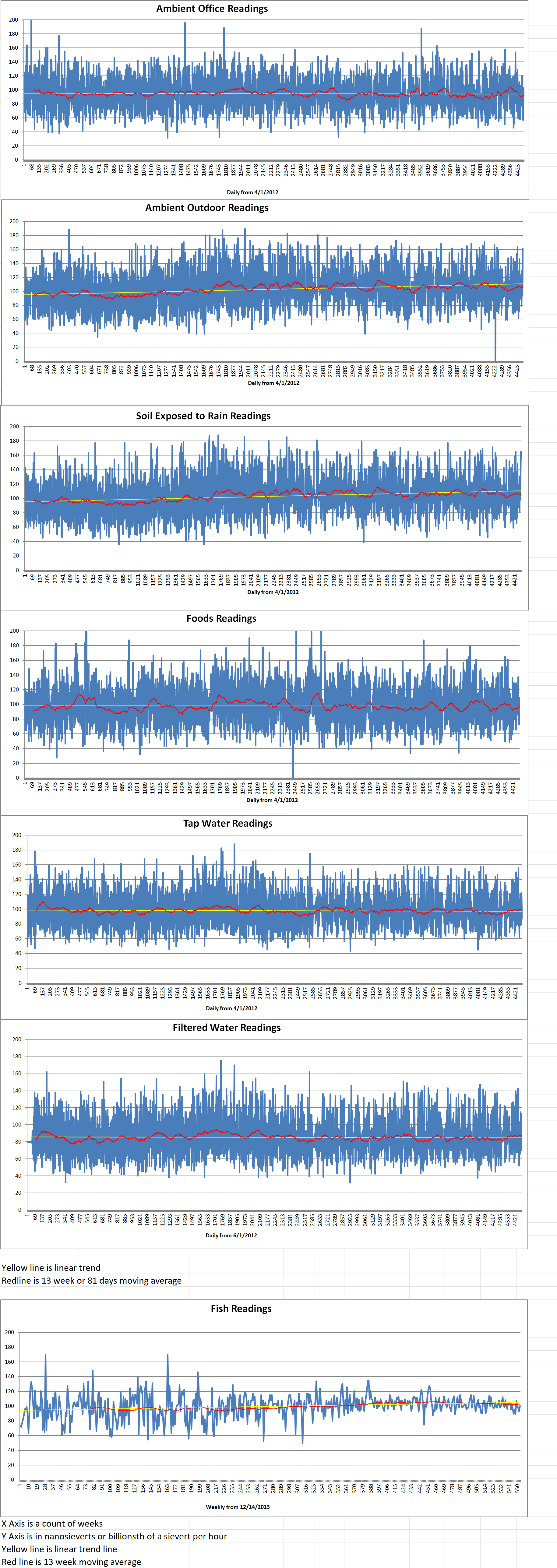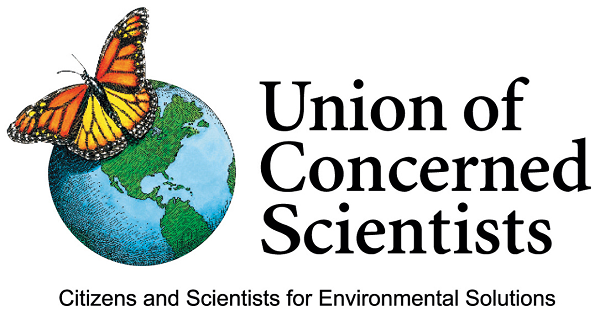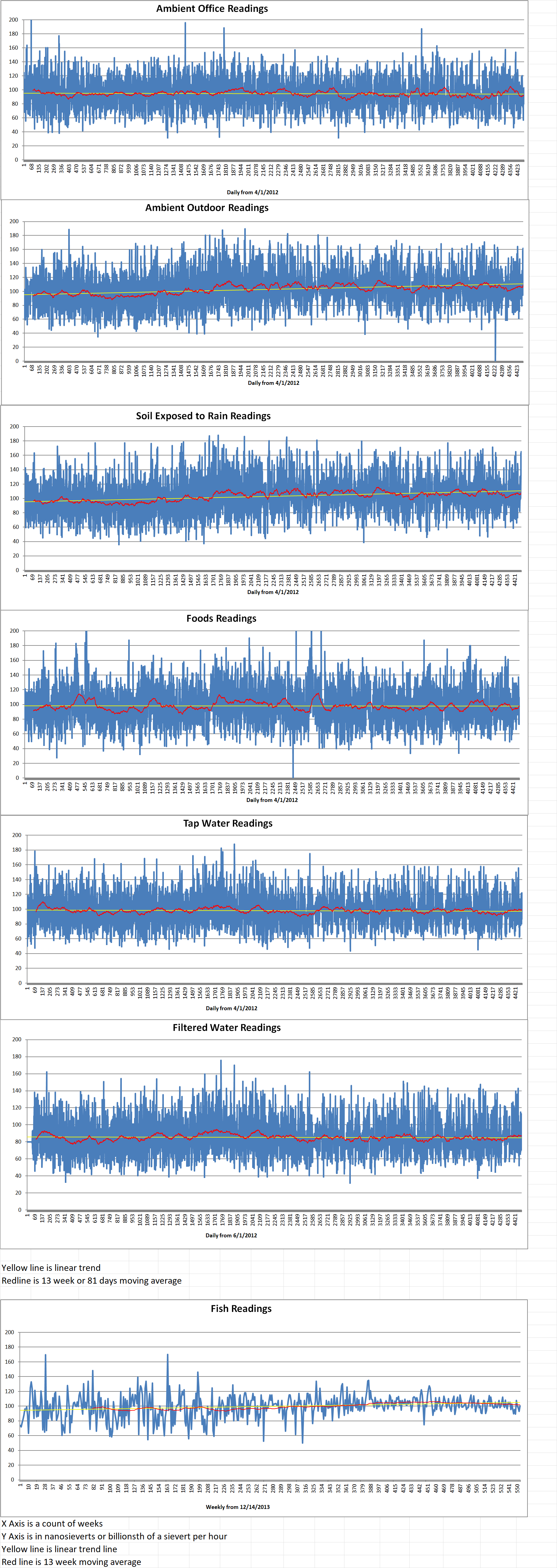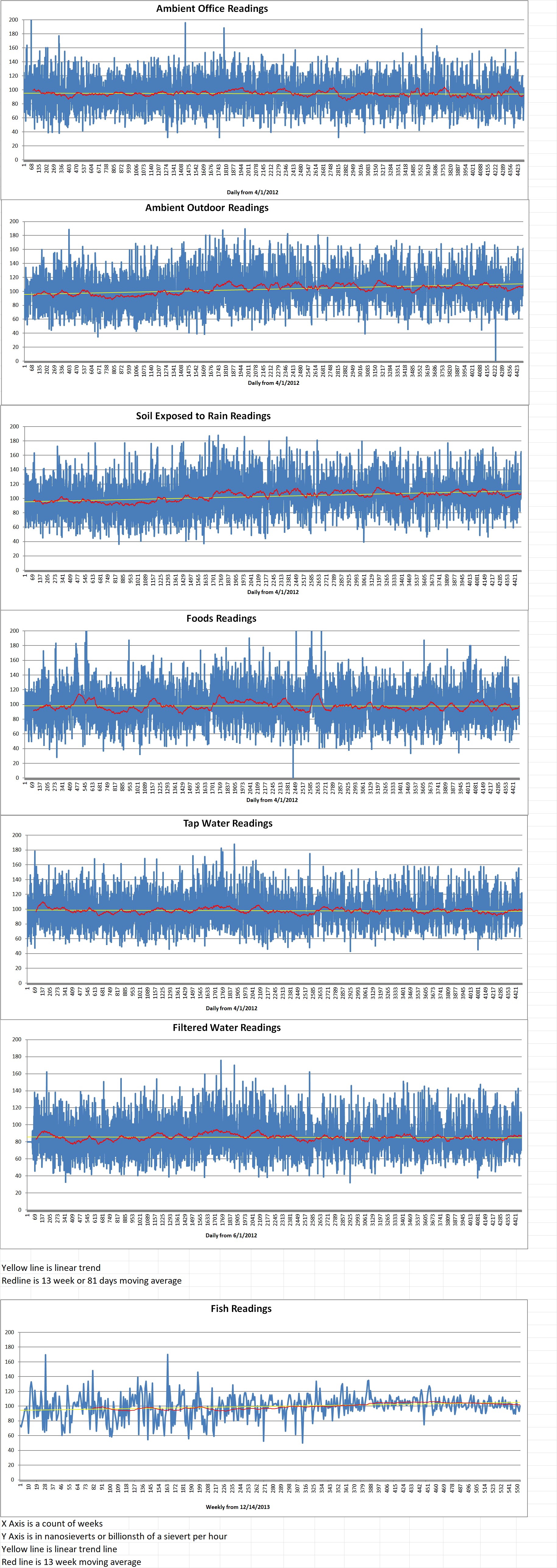Part 1 of 3 Parts
For over a decade, the U.S. Department of Energy (DoE) has been working to develop one central location to temporarily store spent nuclear fuel. Meanwhile, this nuclear waste has been piling up on-site, at nuclear power plants across the country. Three years ago, the DoE began asking for public feedback on the issue of spent nuclear fuel storage. The agency received hundreds of responses from concerned citizens.
A group called Colorado Citizens Against Toxic Waste (CCAT) was one of the organizations that entered their concerns into the federal record. CCAT and other activist groups wrote a joint letter that said, “A major reason for the public’s irreparable loss of trust in (the U.S. Department of Energy) is its incompetence, or worse, at managing irradiated nuclear fuel and highly radioactive waste over decades past.”
Jeri Fry is a co-founder of CCAT who lives in Cañon City, Colorado. This community is still dealing with the fallout of uranium processing from decades ago, which resulted in the release of radioactive material into soil and groundwater. Her father, who worked at the Cotter uranium mill, died of cancer after winning a lawsuit that alleged his lymphoma was linked to radiation exposure.
Fry currently runs one of the most unusual and somber tours in Colorado. The tour begins with her loading a Geiger counter into her car to check for radiation at her destination which is down a quiet gravel road on the outskirts of Cañon City.
The lonely road is being reclaimed by weeds and sagebrush. It ends at a gate with an old guard shack. Signs warn of radiation danger in a restricted area. Beyond the gate are the remains of the uranium processing mill, where an estimated five million eight hundred thousand tons of radioactive waste is buried behind a berm. A big industrial building stands in front of a large retaining pond with mountains in the background.
The Cotter uranium mill dominated the outskirts of Cañon City in 2007. The area is now a superfund site where millions of tons of radioactive waste are buried. The mill supported efforts to create nuclear fuel.
In November, Fry said, “We’re living with an active Superfund site that hasn’t been cleaned up since it was declared. And so it’s more than 40 years now.” She works to increase awareness of and pressure the government to clean up past contamination. She regularly comments on federal nuclear energy proposals. Last year, she introduced herself in a letter as a “second-generation neighbor of a 40-year-old Superfund site in southeastern Colorado.”
Fry added, “My radioactive neighbor is a daily residual reminder and threat to my community, that is not cleaned up. I bear witness to the desperate need for sincere investment in policy and technology at the filthy nuclear front end.”
As the government seeks a place to store spent nuclear fuel from the back end of the nuclear cycle, some communities in northwest Colorado have expressed an interest in learning more. An economic development group is promoting the idea of a temporary storage facility as a way to boost the economy in the region.
Colorado Citizens Against Toxic Waste







